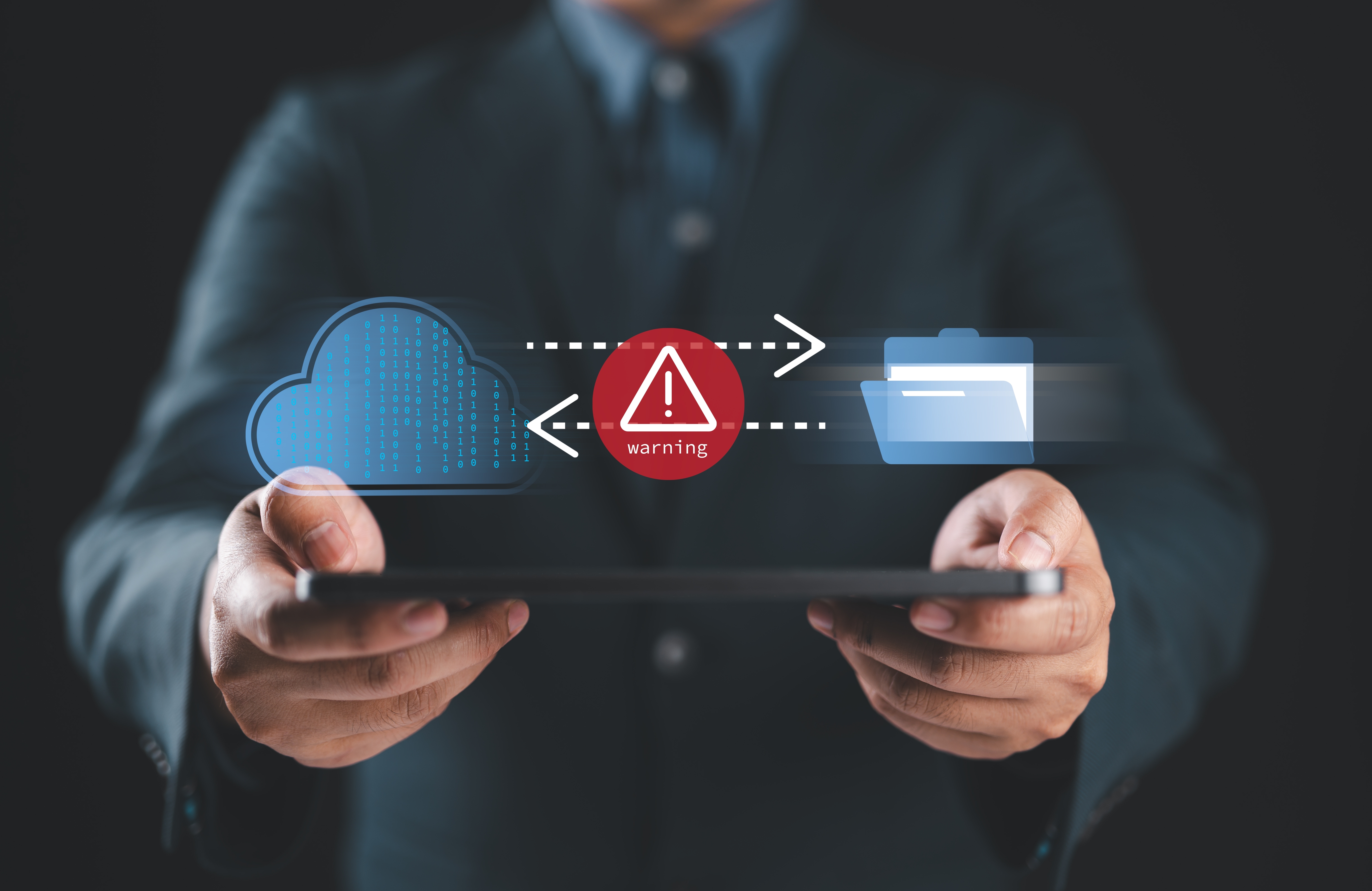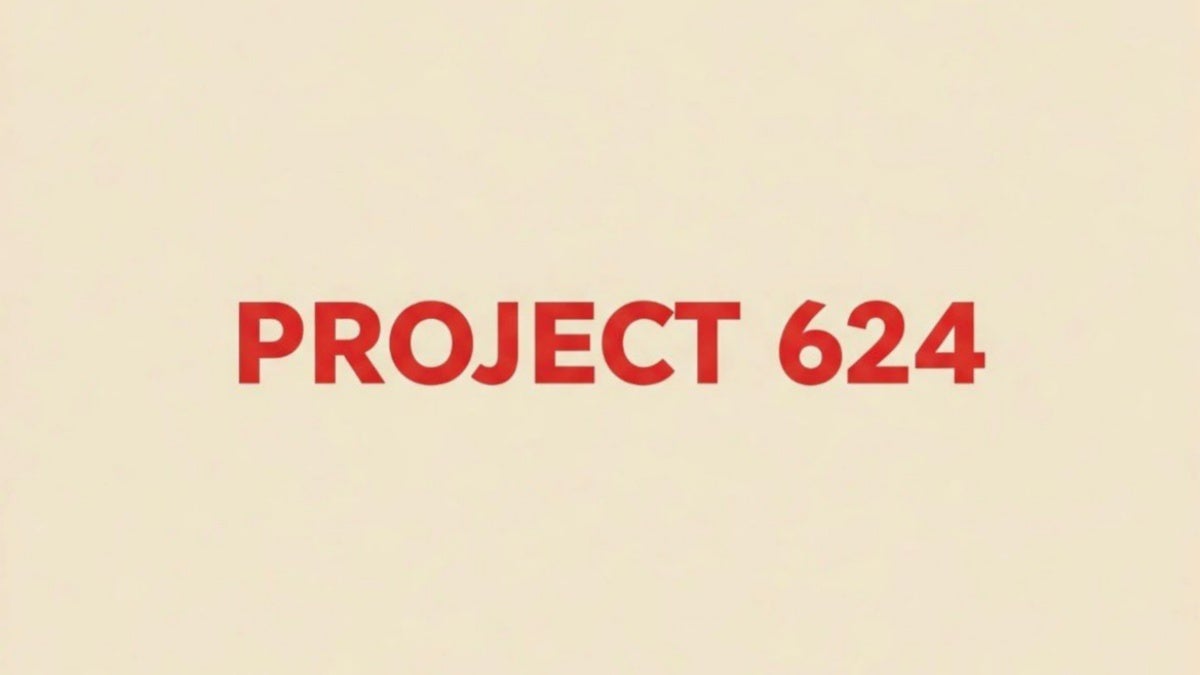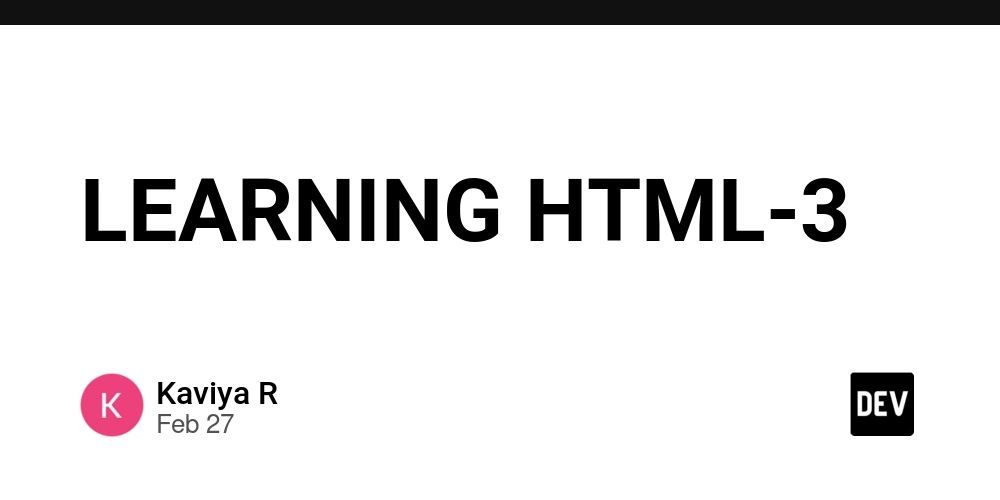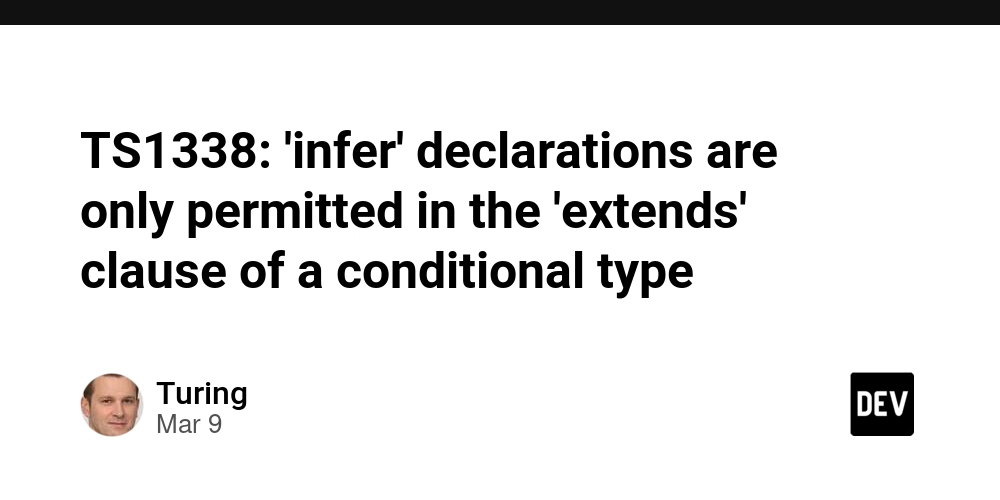How Inclusive Words and Slack Helper Tools Can Build a More Inclusive Workplace
Diversity and inclusion are not just buzzwords—they’re essential pillars of organizational success. Companies with inclusive cultures are more likely to attract top talent, drive innovation, and maintain high levels of employee engagement. But creating a truly inclusive workplace doesn’t happen overnight. It begins with intentional actions, and one of the most powerful tools in this effort is language. Words shape our perceptions, set the tone for workplace interactions, and influence how valued people feel. Even with the best intentions, many teams unknowingly use language that excludes or alienates others. The good news? This is a solvable problem—and technology is here to help. The Hidden Impact of Language in the Workplace Most employees want to be respectful and inclusive, but they may not always know how their words are received. Certain phrases, idioms, or colloquialisms may carry unintended biases or historical baggage. For example, using terms like “guys” to refer to a mixed-gender group or calling something “crazy” to express surprise may seem harmless to some but can be exclusionary or insensitive to others. Language like this can create microaggressions—subtle, often unintentional slights that can make colleagues feel uncomfortable, excluded, or marginalized. Over time, these small actions add up, leading to disengagement, lower morale, and even employee attrition. This is where conscious communication becomes critical. Teams need to move beyond assuming good intentions and proactively adopt practices that support inclusion—and one way to do that is by focusing on the language they use daily. Slack: A Modern Communication Hub with Challenges Slack has become the go-to platform for real-time communication in remote and hybrid workplaces. Its fast-paced, casual style of messaging mimics everyday conversation, which makes it both powerful and potentially problematic. Because Slack messages are quick and informal, people may not think twice before hitting send. That casual tone makes it easy for unconscious bias or insensitive language to slip through. Without the usual guardrails of formal communication, Slack can become a breeding ground for microaggressions—unless companies take action. That’s why companies are turning to tools that integrate directly into Slack to help employees become more mindful of the language they use. These tools, like Allybot, serve as real-time guides, offering feedback and suggestions that promote inclusivity in every message. Using Inclusive Words to Build Better Culture Inclusive words are more than just a list of terms to avoid or replace. They’re about rethinking how we communicate so that everyone feels seen, heard, and respected. This shift requires awareness, education, and a willingness to grow. For example, instead of saying “Hey guys,” try “Hey team” or “Hey everyone.” Instead of describing something as “crazy,” try “surprising” or “unexpected.” These subtle changes may seem small, but they can have a significant impact on how people experience your workplace. When teams make a consistent effort to use inclusive words, they create a sense of psychological safety—a feeling that it’s okay to be authentic, share ideas, and speak up without fear of ridicule or marginalization. This fosters trust, collaboration, and higher performance. But old habits die hard, and changing language patterns doesn’t happen instantly. That’s why supportive tools and reminders are so helpful. Rather than relying solely on training sessions or company-wide memos, it’s more effective to build inclusion into the everyday workflow. Meet Allybot: A Slack Helper That Promotes Inclusivity Allybot is a smart Slack tool designed to help teams use more inclusive language in real time. It scans Slack messages and gently suggests alternatives when non-inclusive language is detected—like a friendly coach that helps you grow without calling you out. What sets Allybot apart is its supportive, non-punitive approach. It doesn’t shame or embarrass users; instead, it provides a gentle nudge and an educational explanation. Over time, these small interventions help users build better communication habits that align with the organization’s values. Imagine a Slack message like: “Let’s assign the housekeeping tasks to the girls on the team.” Allybot might intervene with a message like, “Consider rephrasing this to avoid gendered assumptions. Try ‘Let’s assign the housekeeping tasks to the available team members.’” This not only corrects the language but helps the user understand why the change matters. In this way, Allybot empowers every employee to become a better ally—someone who actively supports inclusion and equity. It makes inclusive language a team-wide practice, not just an HR initiative. Inclusive Culture Starts with Everyday Choices It’s important to remember that inclusion isn’t a one-time project or a checklist. It’s a cultural mindset built through everyday actions—especially how
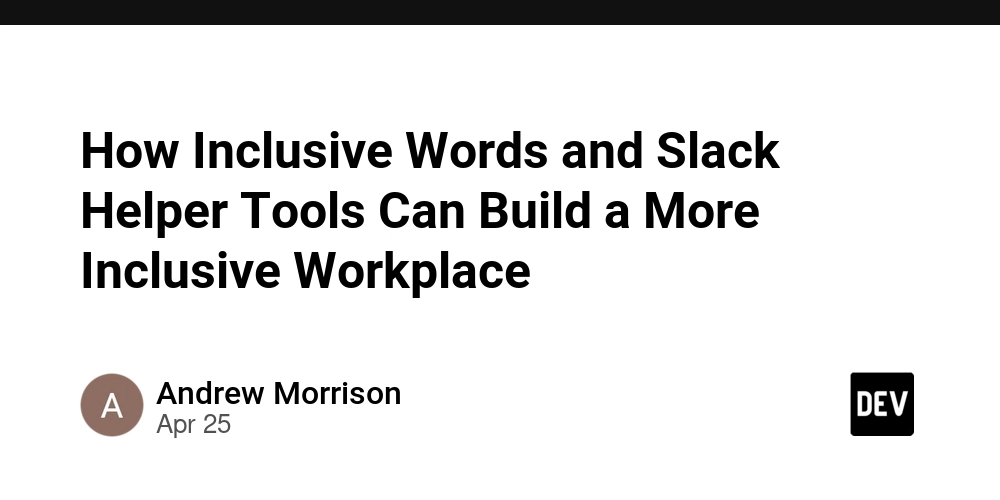
Diversity and inclusion are not just buzzwords—they’re essential pillars of organizational success. Companies with inclusive cultures are more likely to attract top talent, drive innovation, and maintain high levels of employee engagement. But creating a truly inclusive workplace doesn’t happen overnight. It begins with intentional actions, and one of the most powerful tools in this effort is language.
Words shape our perceptions, set the tone for workplace interactions, and influence how valued people feel. Even with the best intentions, many teams unknowingly use language that excludes or alienates others. The good news? This is a solvable problem—and technology is here to help.
The Hidden Impact of Language in the Workplace
Most employees want to be respectful and inclusive, but they may not always know how their words are received. Certain phrases, idioms, or colloquialisms may carry unintended biases or historical baggage. For example, using terms like “guys” to refer to a mixed-gender group or calling something “crazy” to express surprise may seem harmless to some but can be exclusionary or insensitive to others.
Language like this can create microaggressions—subtle, often unintentional slights that can make colleagues feel uncomfortable, excluded, or marginalized. Over time, these small actions add up, leading to disengagement, lower morale, and even employee attrition.
This is where conscious communication becomes critical. Teams need to move beyond assuming good intentions and proactively adopt practices that support inclusion—and one way to do that is by focusing on the language they use daily.
Slack: A Modern Communication Hub with Challenges
Slack has become the go-to platform for real-time communication in remote and hybrid workplaces. Its fast-paced, casual style of messaging mimics everyday conversation, which makes it both powerful and potentially problematic.
Because Slack messages are quick and informal, people may not think twice before hitting send. That casual tone makes it easy for unconscious bias or insensitive language to slip through. Without the usual guardrails of formal communication, Slack can become a breeding ground for microaggressions—unless companies take action.
That’s why companies are turning to tools that integrate directly into Slack to help employees become more mindful of the language they use. These tools, like Allybot, serve as real-time guides, offering feedback and suggestions that promote inclusivity in every message.
Using Inclusive Words to Build Better Culture
Inclusive words are more than just a list of terms to avoid or replace. They’re about rethinking how we communicate so that everyone feels seen, heard, and respected. This shift requires awareness, education, and a willingness to grow.
For example, instead of saying “Hey guys,” try “Hey team” or “Hey everyone.” Instead of describing something as “crazy,” try “surprising” or “unexpected.” These subtle changes may seem small, but they can have a significant impact on how people experience your workplace.
When teams make a consistent effort to use inclusive words, they create a sense of psychological safety—a feeling that it’s okay to be authentic, share ideas, and speak up without fear of ridicule or marginalization. This fosters trust, collaboration, and higher performance.
But old habits die hard, and changing language patterns doesn’t happen instantly. That’s why supportive tools and reminders are so helpful. Rather than relying solely on training sessions or company-wide memos, it’s more effective to build inclusion into the everyday workflow.
Meet Allybot: A Slack Helper That Promotes Inclusivity
Allybot is a smart Slack tool designed to help teams use more inclusive language in real time. It scans Slack messages and gently suggests alternatives when non-inclusive language is detected—like a friendly coach that helps you grow without calling you out.
What sets Allybot apart is its supportive, non-punitive approach. It doesn’t shame or embarrass users; instead, it provides a gentle nudge and an educational explanation. Over time, these small interventions help users build better communication habits that align with the organization’s values.
Imagine a Slack message like: “Let’s assign the housekeeping tasks to the girls on the team.” Allybot might intervene with a message like, “Consider rephrasing this to avoid gendered assumptions. Try ‘Let’s assign the housekeeping tasks to the available team members.’” This not only corrects the language but helps the user understand why the change matters.
In this way, Allybot empowers every employee to become a better ally—someone who actively supports inclusion and equity. It makes inclusive language a team-wide practice, not just an HR initiative.
Inclusive Culture Starts with Everyday Choices
It’s important to remember that inclusion isn’t a one-time project or a checklist. It’s a cultural mindset built through everyday actions—especially how people speak to and about one another. By encouraging the consistent use of inclusive words and reducing unconscious bias in communication, companies can shape a more welcoming and equitable environment.
Slack is where much of that daily communication happens, making it the perfect place to integrate inclusive practices. And with tools like Allybot, those changes don’t have to be difficult or disruptive. They can be seamless, supportive, and even empowering.
When inclusive words are normalized in workplace communication, employees feel respected, leadership appears more thoughtful, and the company sends a powerful message: “You belong here.” That message doesn’t just improve morale—it boosts retention, fuels innovation, and enhances your employer brand.
Ready to Make a Change?
If you’re serious about creating a workplace where everyone feels welcome, respected, and empowered to contribute, start with your language. It’s one of the most accessible and impactful ways to promote inclusion every day.
Try Allybot in Slack today and give your team the support they need to become better allies. With real-time suggestions and a friendly, educational tone, Allybot helps you build a stronger culture, one message at a time.


















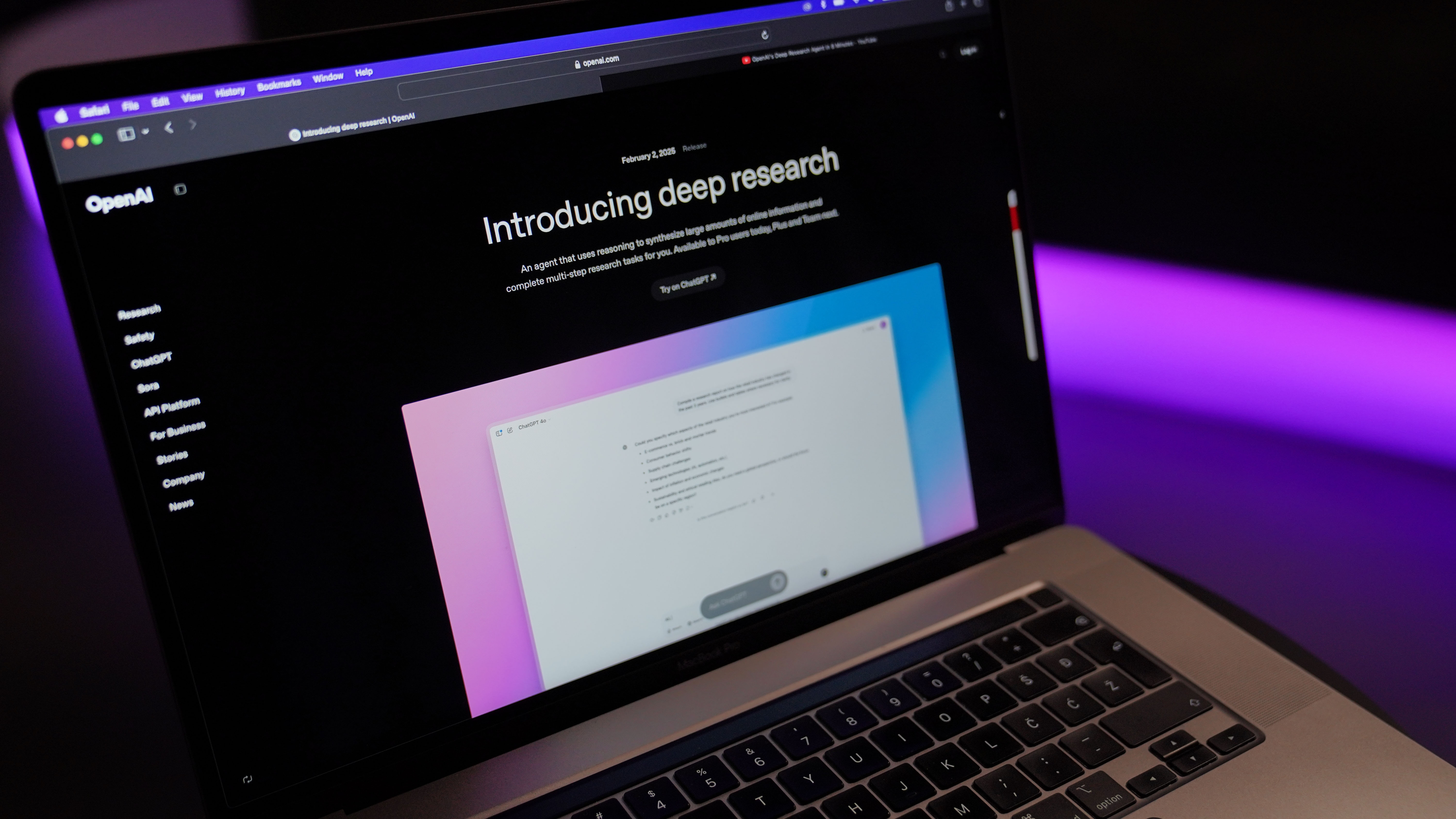


















































































































































![[The AI Show Episode 144]: ChatGPT’s New Memory, Shopify CEO’s Leaked “AI First” Memo, Google Cloud Next Releases, o3 and o4-mini Coming Soon & Llama 4’s Rocky Launch](https://www.marketingaiinstitute.com/hubfs/ep%20144%20cover.png)

















































































































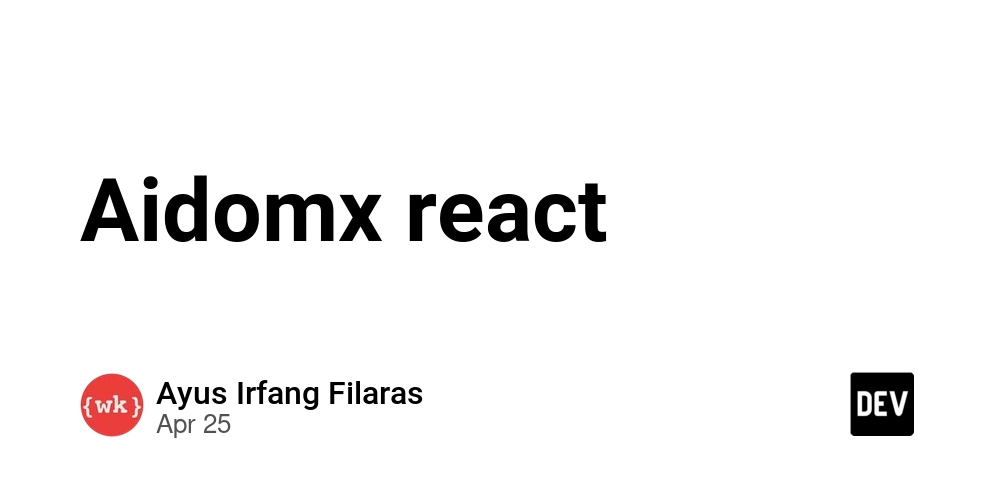






































































.jpg?width=1920&height=1920&fit=bounds&quality=70&format=jpg&auto=webp#)








































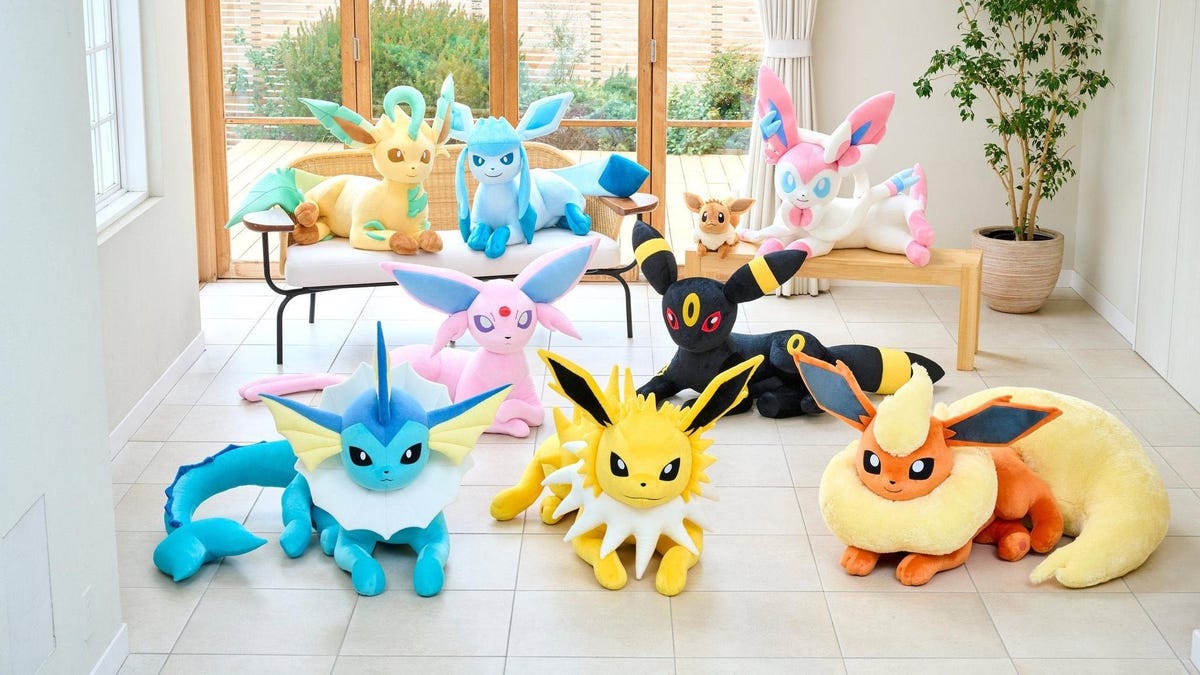
































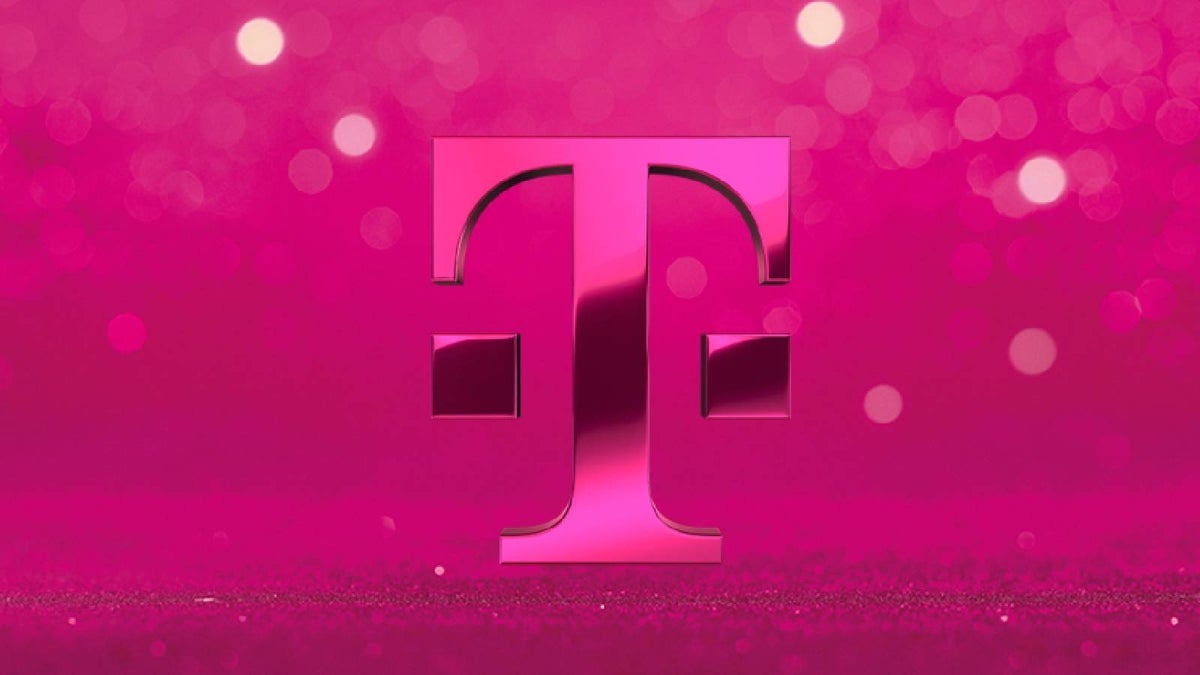











_Olekcii_Mach_Alamy.jpg?width=1280&auto=webp&quality=80&disable=upscale#)













































































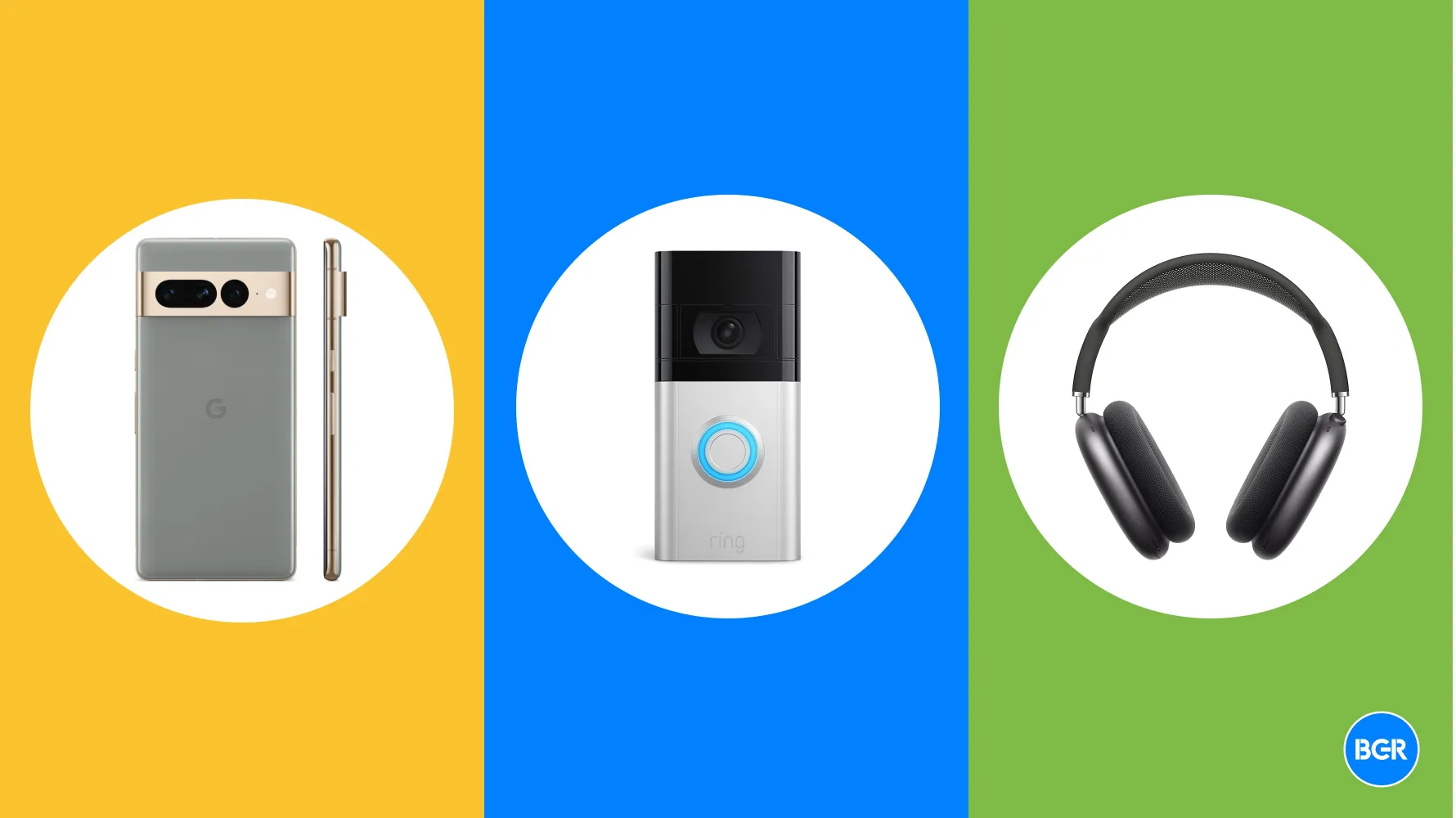
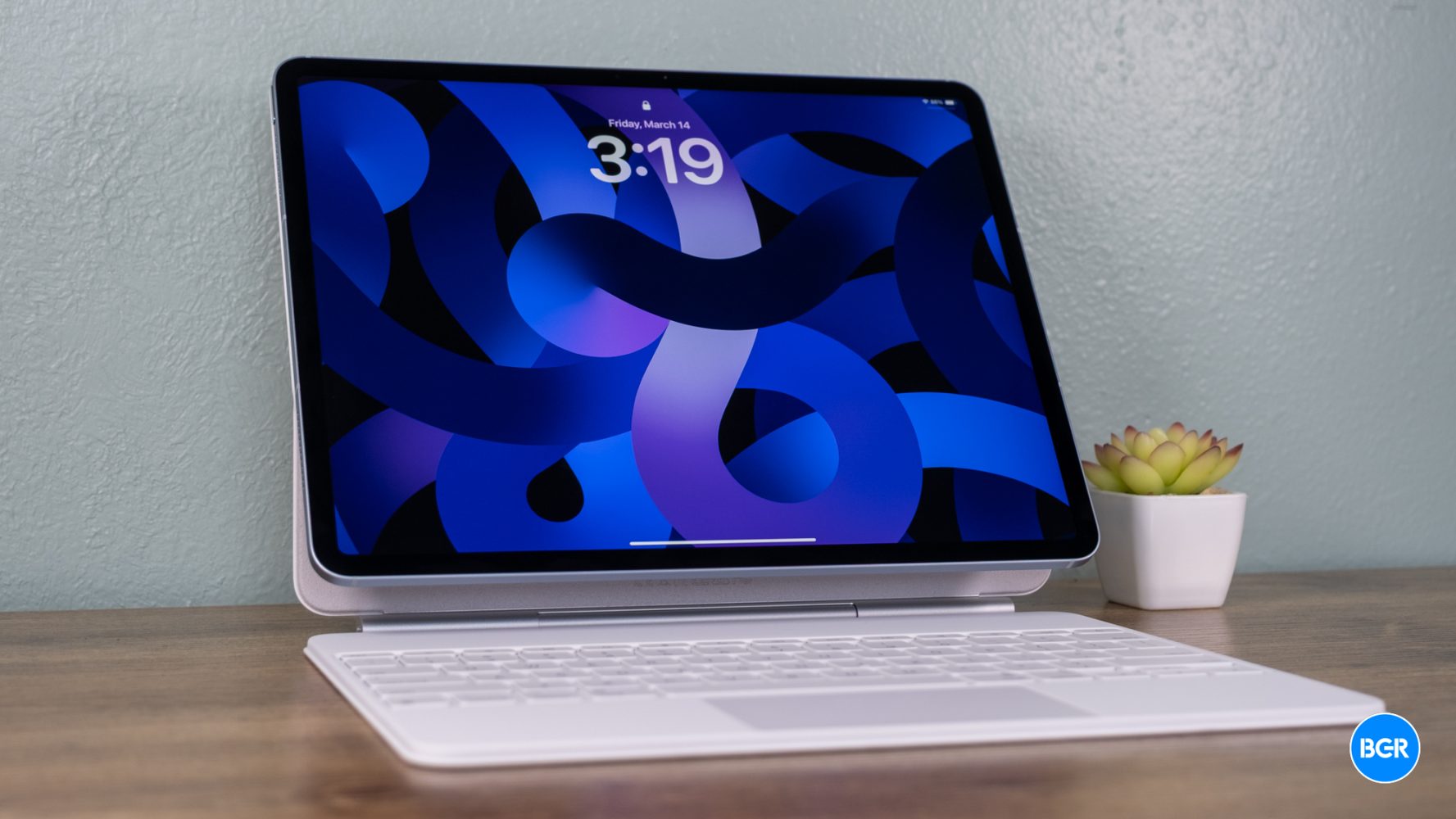








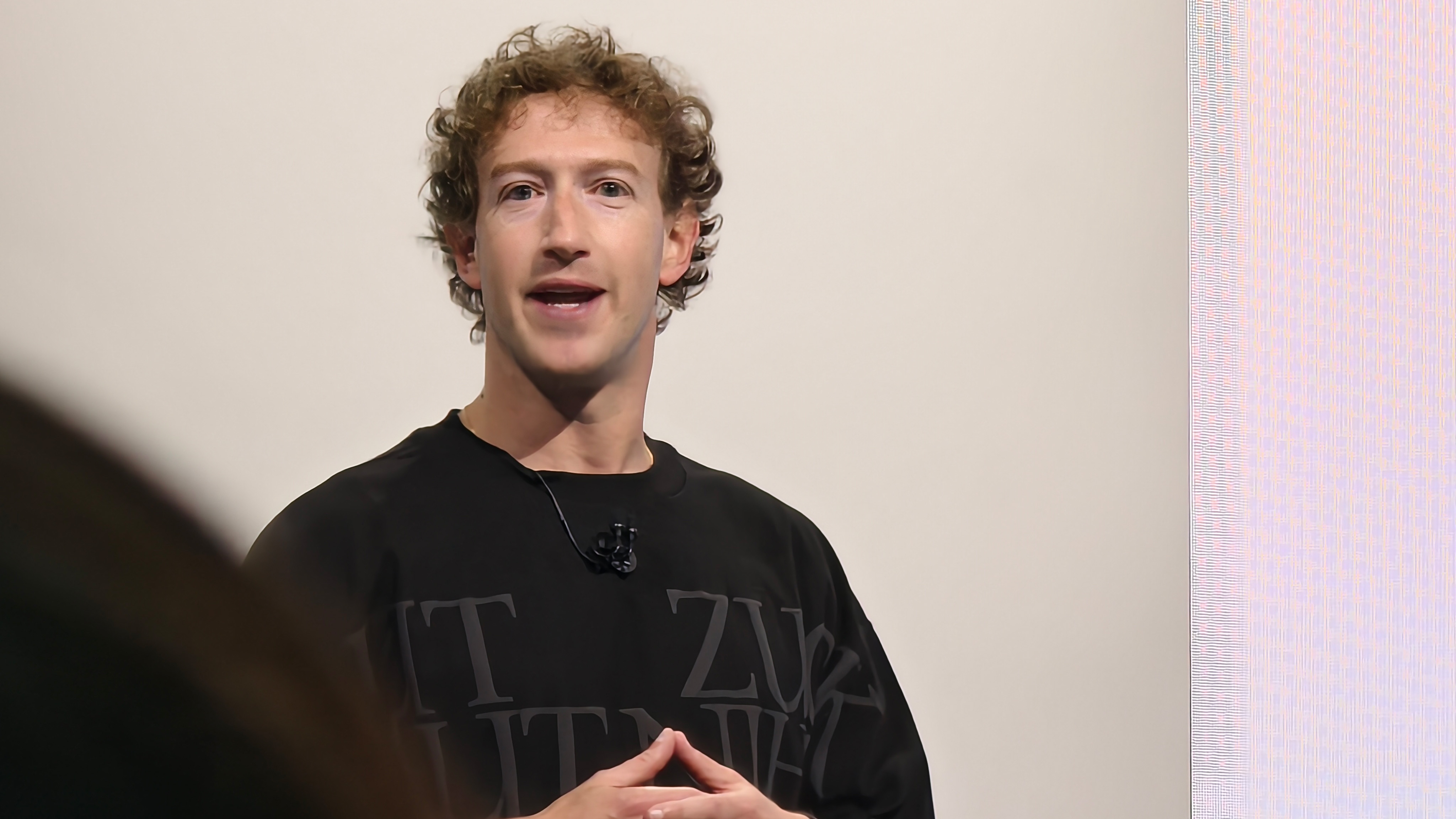



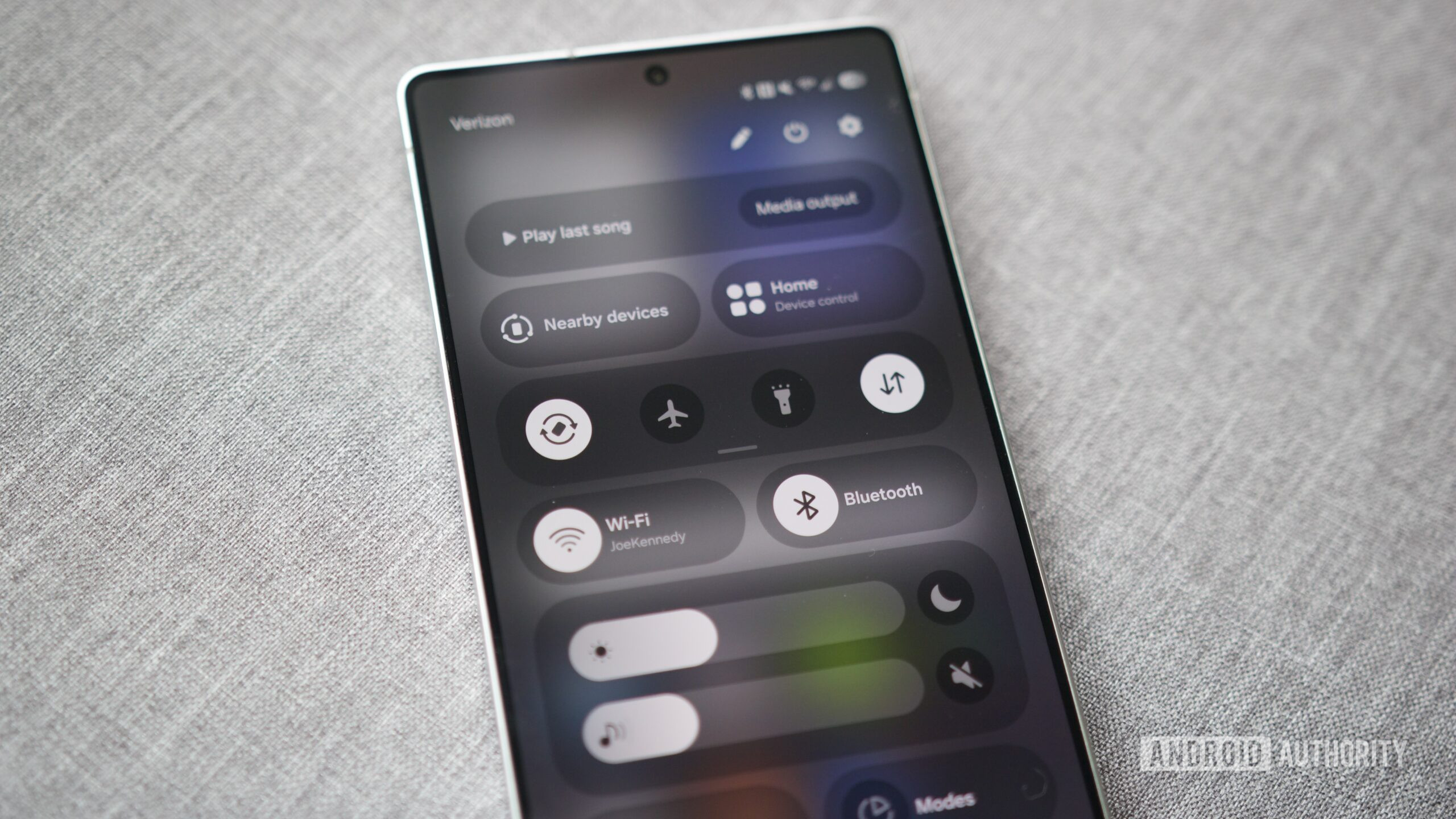





















![Most iPhones Sold in the U.S. Will Be Made in India by 2026 [Report]](https://www.iclarified.com/images/news/97130/97130/97130-640.jpg)
![Apple to Shift Robotics Unit From AI Division to Hardware Engineering [Report]](https://www.iclarified.com/images/news/97128/97128/97128-640.jpg)

![Apple Shares New Ad for iPhone 16: 'Trust Issues' [Video]](https://www.iclarified.com/images/news/97125/97125/97125-640.jpg)

















